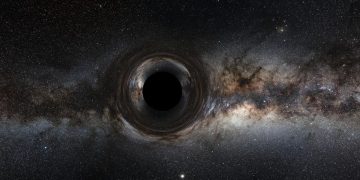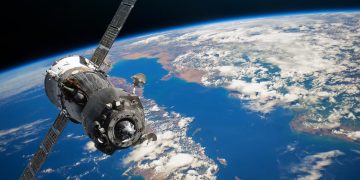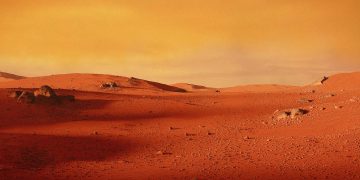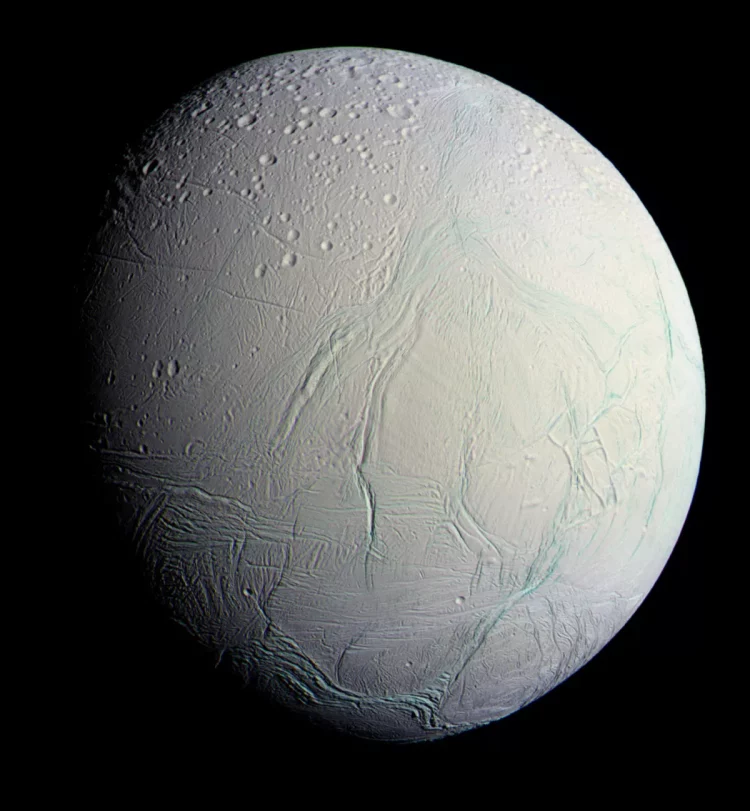Enceladus, one of Saturn’s most intriguing moons, has captivated scientists and researchers with its unique characteristics and potential for harboring life. From its icy surface and subsurface ocean to its geysers and atmospheric features, Enceladus presents a fascinating subject of study in planetary science. This expanded article explores Enceladus in detail, highlighting its physical attributes, geological features, exploration history, and significance in the search for extraterrestrial life.
I. Overview of Enceladus
1. Basic Facts
- Size and Mass: Enceladus is one of Saturn’s smaller moons, with a diameter of approximately 504 kilometers (313 miles). Despite its modest size, it has a mass of about 1.08 × 10^20 kilograms. Its small size is contrasted by its significant scientific impact due to its unique features.
- Orbit and Rotation: Enceladus orbits Saturn at an average distance of about 238,000 kilometers (148,000 miles). It completes one orbit around Saturn in about 1.37 Earth days, and it rotates synchronously with its orbit, meaning one side of the moon always faces Saturn.
2. Appearance
- Surface Features: Enceladus is characterized by its icy surface, which is one of the brightest in the Solar System. The moon’s surface is marked by a variety of geological features, including:
- Cratered Terrain: Enceladus’s surface features numerous impact craters of varying sizes, though many are relatively young and have been modified by other processes.
- Tectonic Activity: The moon’s surface displays signs of tectonic activity, including ridges and fractures that suggest internal forces have reshaped the ice.
- Geysers: Enceladus is famous for its geysers, which eject plumes of water vapor and ice particles from the moon’s southern polar region. These plumes contribute to Saturn’s E ring.
II. Surface Composition and Geology
1. Ice Shell
- Thickness and Structure: Enceladus’s icy crust is relatively thin, with estimates suggesting it ranges from 20 to 30 kilometers (12 to 19 miles) in thickness. Beneath this crust lies a subsurface ocean, which is crucial for understanding the moon’s potential habitability.
- Surface Features: The surface is composed predominantly of water ice, with traces of other compounds such as carbon dioxide and methane. Notable surface features include:
- Ridges and Grooves: The surface is marked by prominent ridges and grooves, which indicate tectonic forces have stretched and pulled the icy crust.
- Tiger Stripes: The moon’s southern polar region features “tiger stripes,” which are fissures from which the geysers erupt. These stripes are characterized by their linear appearance and are crucial for understanding the dynamics of the plumes.
2. Subsurface Ocean
- Evidence of Liquid Water: Observations from the Cassini spacecraft provide compelling evidence for a global subsurface ocean beneath Enceladus’s icy crust. The detection of saltwater in the plumes, along with magnetic field data, supports the existence of this ocean.
- Potential for Life: The subsurface ocean is considered one of the most promising locations for the search for extraterrestrial life. The interaction between the ocean and the moon’s rocky core could create conditions conducive to life, similar to hydrothermal systems found on Earth.
III. Geysers and Plumes
1. Discovery and Observation
- Cassini Mission: The Cassini spacecraft, which arrived at Saturn in 2004, provided the first detailed observations of Enceladus’s geysers. The spacecraft detected water vapor, ice particles, and organic compounds in the plumes, offering insights into the moon’s subsurface ocean and its potential habitability.
- Plume Composition: The plumes are composed primarily of water vapor, with traces of organic molecules, salts, and other compounds. The detection of complex organic molecules suggests that the subsurface ocean may have conditions suitable for prebiotic chemistry.
2. Plume Dynamics
- Geological Activity: The geysers are believed to be driven by geological activity, including tidal heating from Saturn’s gravitational forces. This heating causes the subsurface ocean to interact with the icy crust, leading to the ejection of plumes.
- Impact on Saturn’s E Ring: The material ejected by the geysers contributes to Saturn’s E ring. The ring’s composition is influenced by the ongoing activity of Enceladus, making it a key player in the dynamics of Saturn’s ring system.
IV. Atmospheric Conditions
1. Thin Atmosphere
- Composition: Enceladus has a very tenuous atmosphere, primarily composed of water vapor with trace amounts of other gases. The atmosphere is constantly replenished by the plumes erupting from the moon’s surface.
- Atmospheric Processes: The thin atmosphere interacts with Saturn’s magnetosphere and the surrounding space environment. Observations from Cassini have shown that the atmosphere is influenced by the moon’s geysers and the magnetic field.
2. Interaction with Saturn’s Magnetosphere
- Magnetic Field Influence: Enceladus’s interaction with Saturn’s magnetic field affects the moon’s atmosphere and the dynamics of its plumes. The magnetic field contributes to the acceleration of charged particles in the plumes and influences the distribution of materials in the E ring.
- Electromagnetic Phenomena: The interaction between the moon’s atmosphere and Saturn’s magnetosphere produces electromagnetic phenomena, including auroras and plasma interactions.
V. Exploration History
1. Early Observations
- Voyager Missions: The Voyager 1 and Voyager 2 spacecraft, which flew by Saturn in the early 1980s, provided initial images and data on Enceladus. These observations revealed the moon’s icy surface and its potential geological activity.
2. Cassini Mission
- Arrival and Discoveries: Cassini’s arrival at Saturn in 2004 marked a new era of exploration for Enceladus. The spacecraft’s close flybys and detailed observations uncovered the moon’s geysers and subsurface ocean, revolutionizing our understanding of this icy world.
- Scientific Instruments: Cassini’s scientific instruments, including the Visible and Infrared Mapping Spectrometer (VIMS), the Ion and Neutral Mass Spectrometer (INMS), and the Cosmic Dust Analyzer (CDA), provided critical data on Enceladus’s surface composition, plume activity, and atmospheric characteristics.
3. Future Missions and Research
- Potential Missions: Future missions to Enceladus could include landers or orbiters designed to analyze the moon’s surface and plumes in greater detail. These missions would aim to study the composition of the plumes, explore the subsurface ocean, and search for signs of life.
- Collaborative Efforts: International collaboration and advancements in technology will play a crucial role in future exploration. Upcoming missions may include partnerships between space agencies to conduct comprehensive studies of Enceladus and its environment.
VI. Scientific Significance
1. Astrobiological Implications
- Search for Life: Enceladus is considered one of the most promising locations in the Solar System for the search for extraterrestrial life. The presence of a subsurface ocean, coupled with the detection of organic molecules in the plumes, makes it a prime candidate for studying potential habitability.
- Hydrothermal Activity: The interaction between the subsurface ocean and the moon’s rocky core may create hydrothermal environments similar to those on Earth. These environments could support microbial life, providing insights into the conditions that foster life in extreme environments.
2. Planetary Geology
- Icy Moon Dynamics: Enceladus’s surface features, including ridges, grooves, and geysers, offer a unique opportunity to study the dynamics of icy moons. Understanding these features helps scientists explore the geological processes shaping other icy bodies in the Solar System.
- Cryovolcanism: The geysers on Enceladus are examples of cryovolcanism, where material erupts from a subsurface ocean through an icy crust. Studying cryovolcanism on Enceladus helps scientists understand similar processes on other moons and planets.
3. Comparative Planetology
- Comparison with Other Moons: Comparing Enceladus with other moons, such as Jupiter’s Europa and Ganymede, provides insights into the similarities and differences in their subsurface oceans and geological activity. This comparative analysis helps refine our understanding of icy moons and their potential for habitability.
- Ring System Contributions: Enceladus’s plumes contribute to Saturn’s E ring, influencing the composition and dynamics of the ring system. Studying these interactions provides a better understanding of planetary ring systems and their formation.


















































Discussion about this post